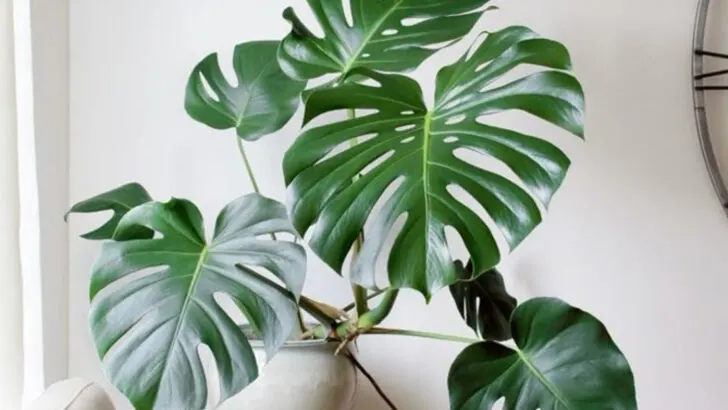They’re bold, dramatic, and absolutely stunning—but some of the most eye-catching indoor plants come with a hidden risk: they can be toxic to your pets. At Plantisima, we believe in creating beautiful spaces filled with life—but not at the expense of your furry companions’ safety.
In this article, we spotlight 18 popular houseplants that are undeniably gorgeous, yet dangerous for cats and dogs. From the elegant peace lily to the dramatic ZZ plant, you’ll learn which ones to handle with caution and where the real risks lie. Aesthetic appeal is important—but so is awareness.
To all our Plantisima readers decorating homes where paws roam freely—this guide is here to help you choose beauty with care. Know the risks, adjust your plant picks, and keep both your greenery and your pets happy and healthy.
Aloe Vera
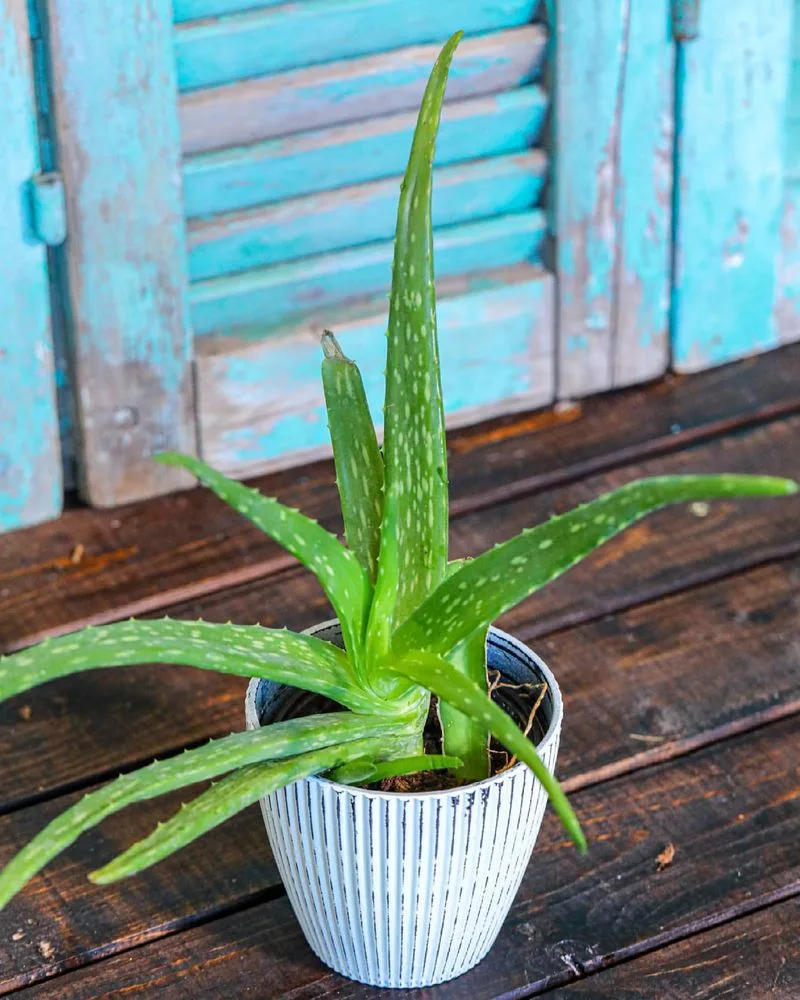
Known for its medicinal properties, Aloe Vera is a staple in many households. Its thick, fleshy leaves can soothe burns and cuts. However, for pets, it’s a different story. Ingesting Aloe Vera can cause vomiting, diarrhea, and lethargy in cats and dogs. Despite its health benefits for humans, pet owners must exercise caution. This succulent thrives in bright spots and requires minimal watering, making it perfect for busy individuals. However, its potential risk to pets is significant. Keep it on a high shelf or in a room inaccessible to your furry companions.
English Ivy
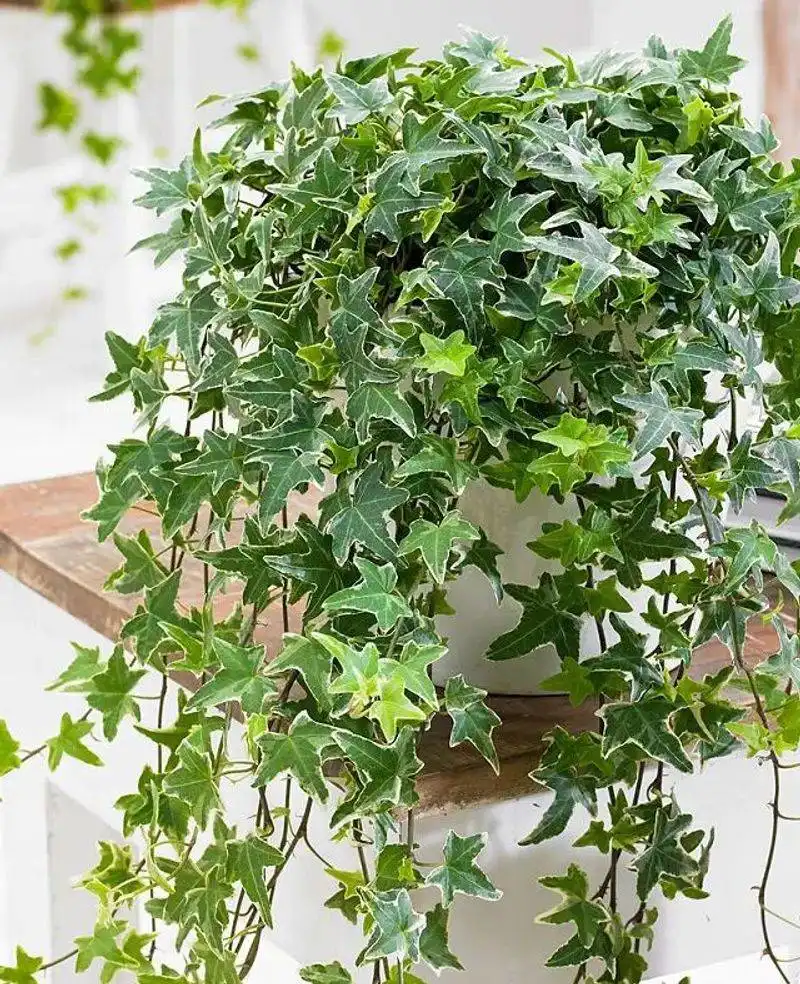
English Ivy adds a classic touch to interiors with its elegant trailing vines and vibrant green leaves. Though it creates a stunning aesthetic, it’s toxic to pets. If consumed, it can lead to breathing difficulties and irritate the skin. This hardy plant enjoys indirect sunlight and regular watering, flourishing with little fuss. While it’s a beautiful choice for hanging baskets, its risk to pets is significant. Ensuring it is out of reach can prevent unwanted trips to the vet.
Peace Lily
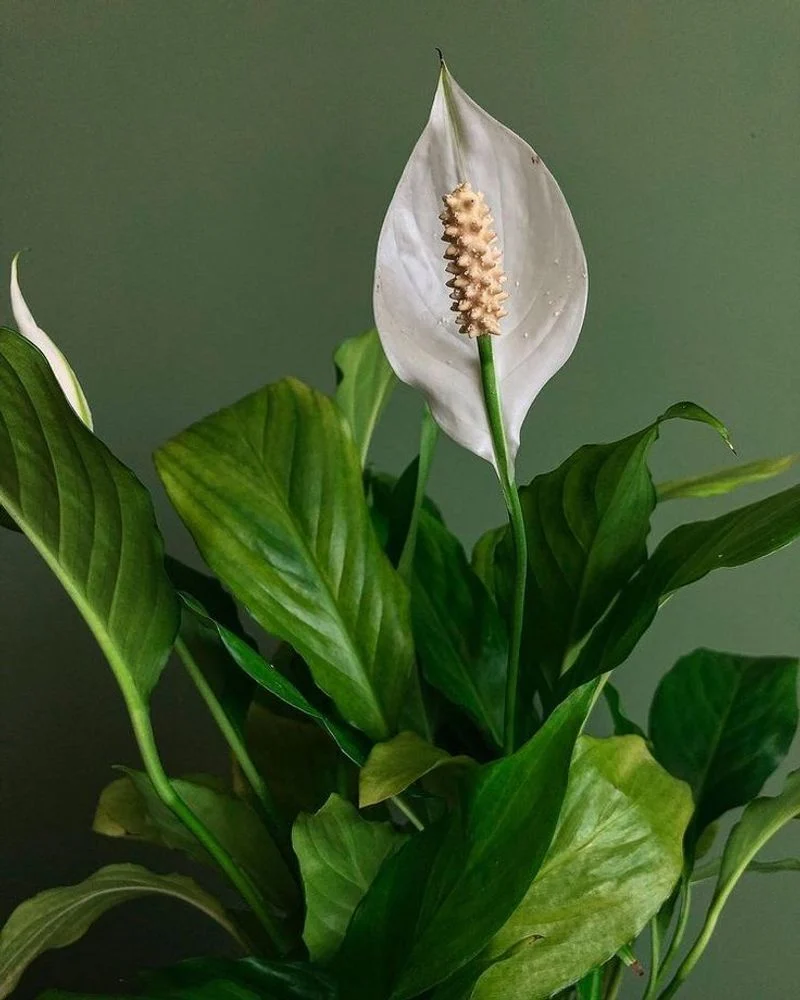
Peace Lilies are beloved for their graceful white flowers and lush foliage, often symbolizing peace and purity. Yet, this serene appearance can be deceiving for pet owners. If ingested, it may cause oral irritation, drooling, and vomiting. These plants prefer low to medium light and are excellent air purifiers. However, given their toxicity, positioning them in places inaccessible to pets is crucial. Their low maintenance makes them popular, but safety should always come first.
Snake Plant
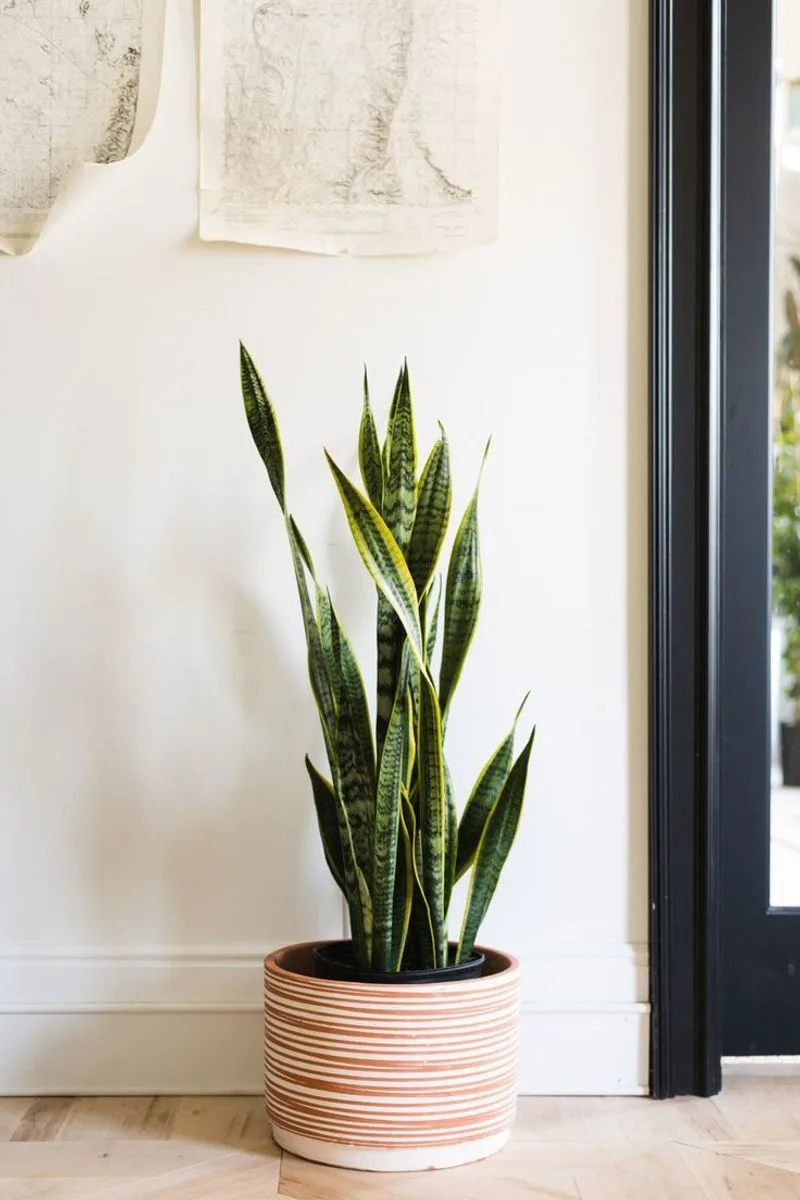
The Snake Plant, with its striking upright leaves, is a favorite for modern decor. It’s incredibly hardy, tolerating low light and infrequent watering. However, it’s not pet-friendly. When consumed, it can cause nausea and vomiting. This plant is a testament to the phrase “looks can be deceiving.” Its resilience and architectural beauty make it appealing, but placing it where pets can’t reach is essential. Despite its dangers, its air-purifying qualities are hard to resist.
Sago Palm
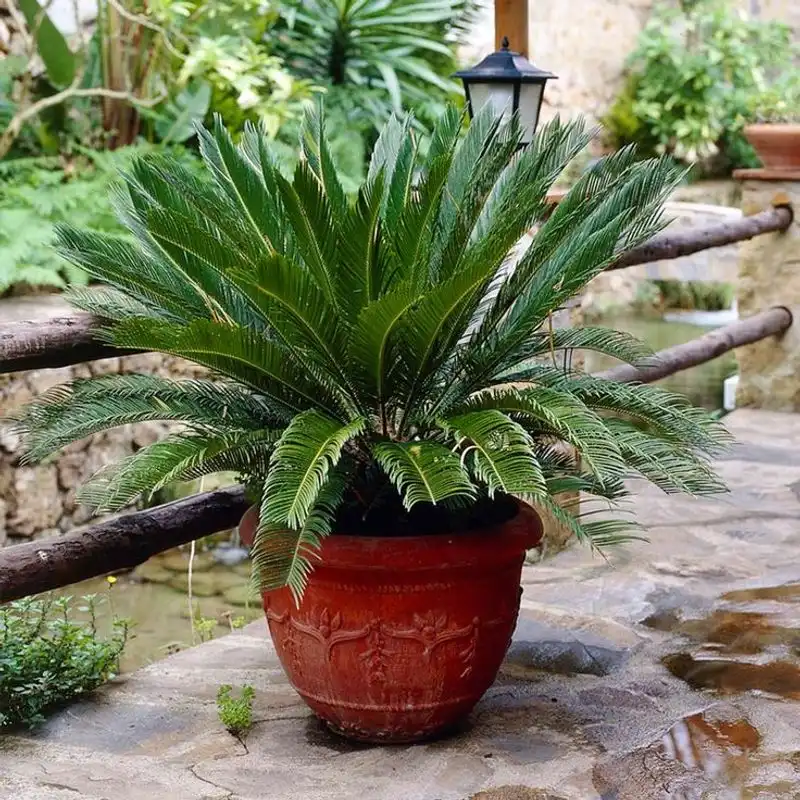
Sago Palms boast a bold, tropical look with their feathery fronds. While they add an exotic flair, they are highly toxic to pets. Every part of the plant is dangerous, potentially causing severe liver damage if ingested. Despite their striking appearance, the risks overshadow the rewards when pets are involved. These palms thrive in bright light and require regular watering. The allure of a Sago Palm is undeniable, but its safety risks for pets should not be underestimated.
Philodendron
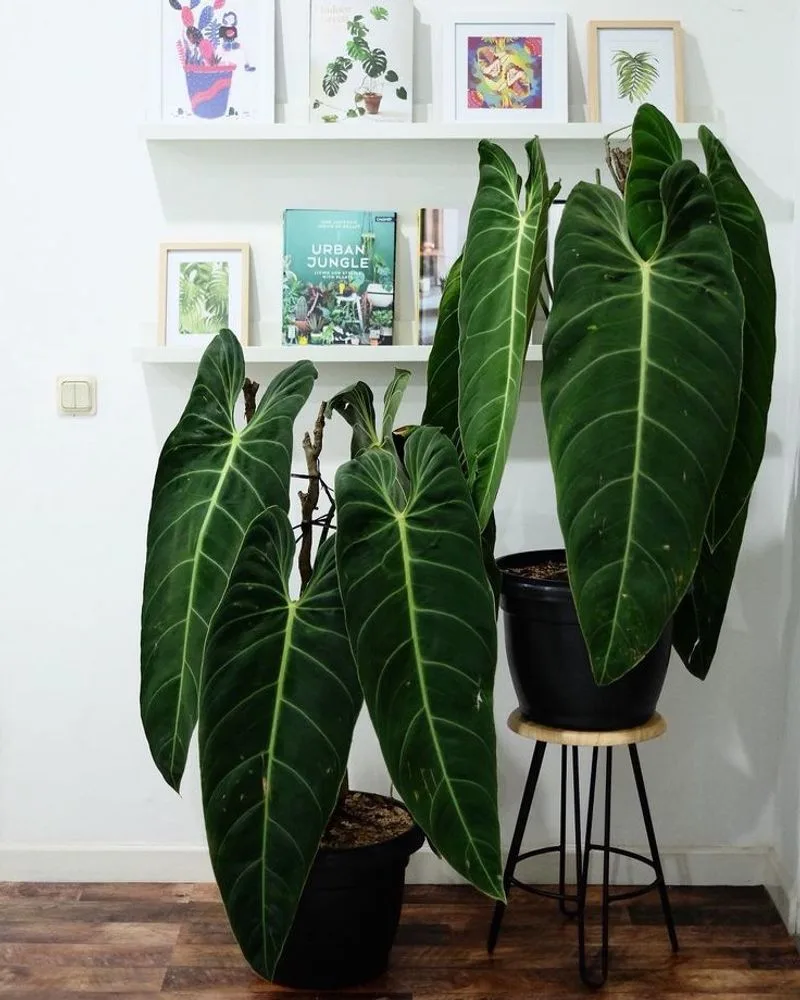
Philodendrons are cherished for their heart-shaped leaves and lush growth, making them a staple in indoor gardening. However, their beauty conceals a hidden danger for pets. When ingested, philodendrons can cause oral irritation and swelling. They thrive in low to bright indirect light and need regular watering. Despite their easy-care nature, ensuring they are out of reach from pets is essential. The plant’s capability to add warmth to any decor should be balanced with the potential risk to pets.
ZZ Plant
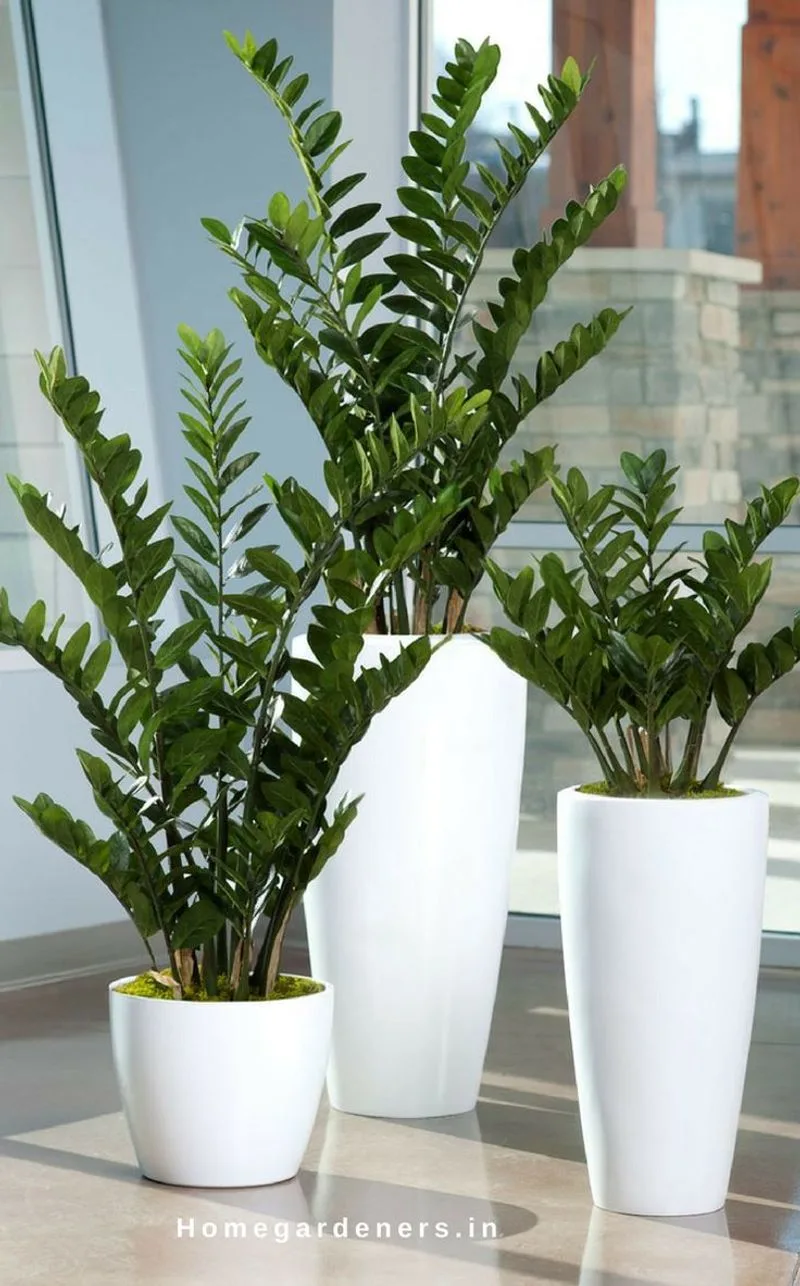
The ZZ Plant is admired for its glossy, dark green leaves and drought tolerance, requiring minimal care. However, this plant isn’t pet-friendly. If ingested, it can cause vomiting and diarrhea. Its robust nature makes it ideal for those lacking a green thumb. Despite its low maintenance, ensuring the plant is inaccessible to pets is crucial. Its ability to thrive in low light adds to its appeal, but pet owners should remain cautious.
Jade Plant
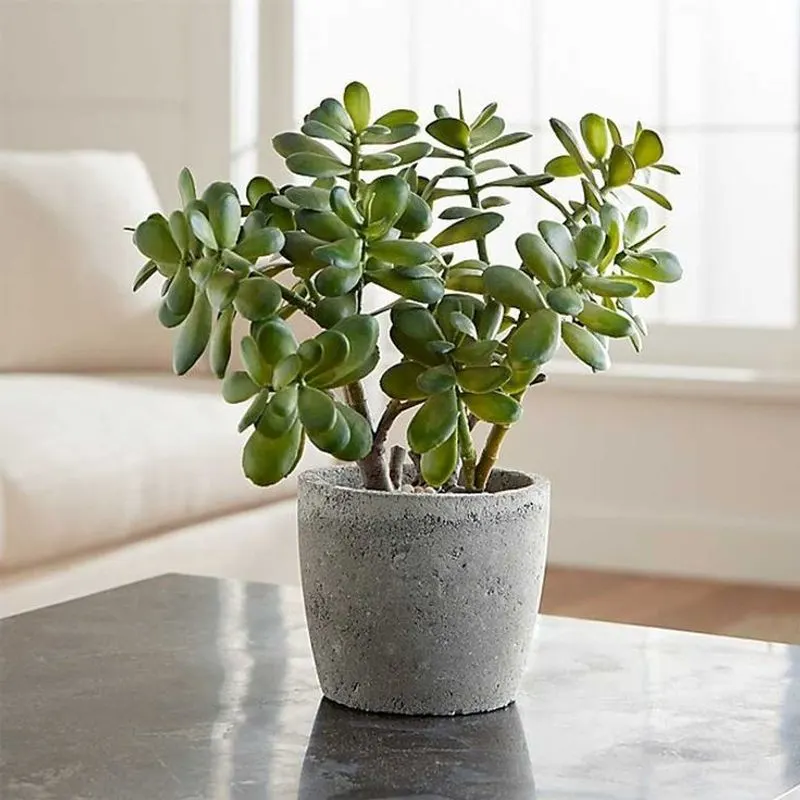
Jade Plants offer a charming, compact appearance with their fleshy leaves. They symbolize prosperity and good luck, often found in homes as decorative pieces. However, they are toxic to pets, potentially causing vomiting and a slow heart rate. These succulents thrive on neglect, requiring minimal watering and bright light. While their aesthetic and symbolic value is noteworthy, keeping them out of pets’ reach is vital to prevent health issues.
Pothos
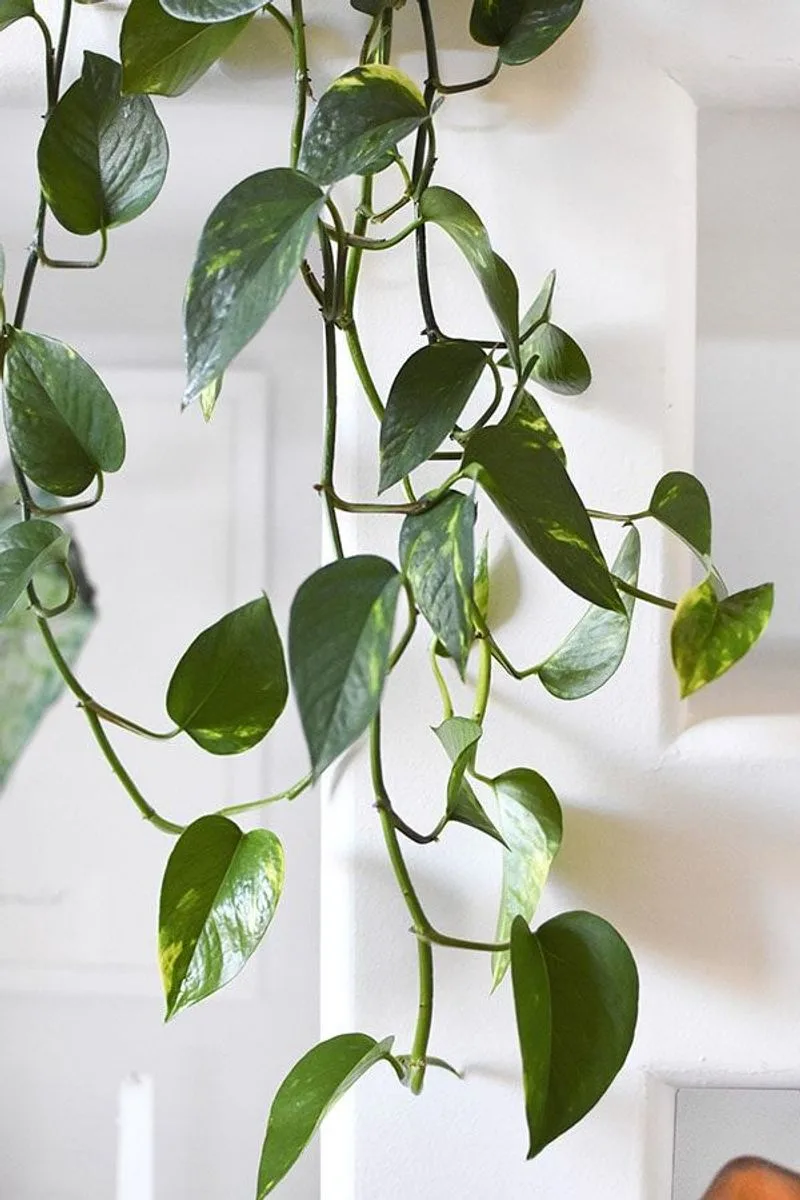
Pothos is a popular choice for its trailing vines and adaptability in various light conditions. Despite its visual appeal, it’s hazardous for pets. Ingestion can lead to oral irritation and vomiting. This plant’s ability to thrive with little care makes it a favorite among plant enthusiasts. However, its toxic nature means it should be hung or placed where pets cannot reach. Pothos’s charm lies in its simplicity, but pet owners must prioritize safety.
Caladium
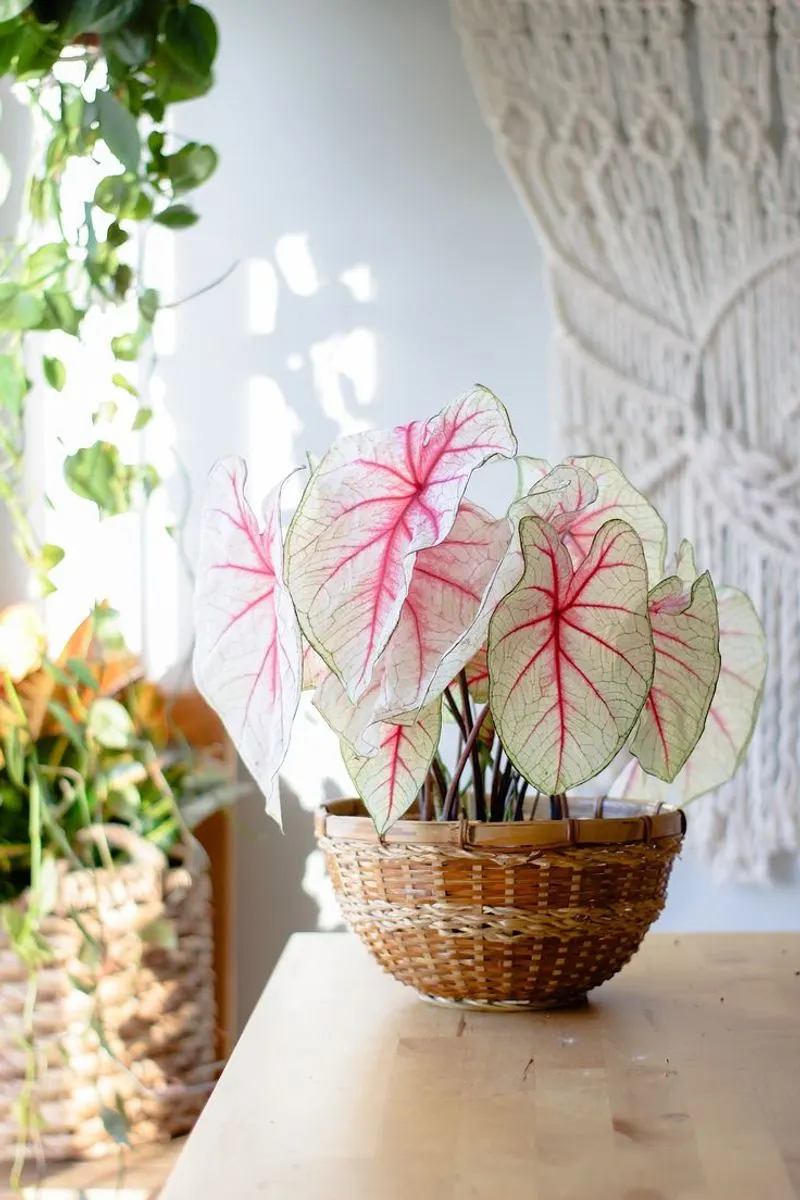
Caladium captivates with its vibrant, heart-shaped leaves, often boasting a mix of colors like pink, red, and white. However, this artistic display comes with a warning. It’s toxic to pets, potentially causing severe oral irritation and swelling. Caladium thrives in indirect light and high humidity, offering a striking addition to any room. While its visual appeal is undeniable, ensuring it is out of reach from pets is essential. The plant’s bold colors can brighten any space, yet safety remains a priority.
Dieffenbachia
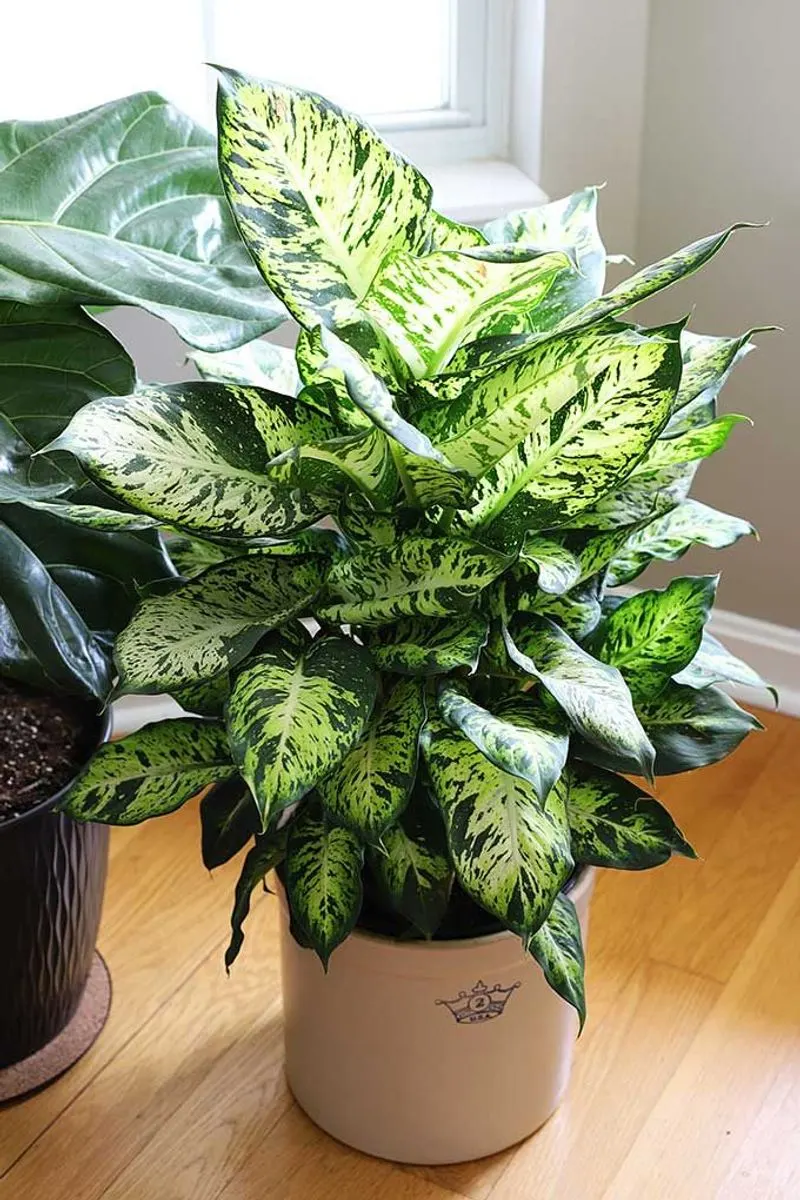
Dieffenbachia is admired for its large, variegated leaves that bring a tropical vibe indoors. However, its sap contains toxins that can be harmful to pets, causing oral irritation and difficulty swallowing. This plant loves bright, indirect light and should be watered regularly. Its dramatic foliage makes it a standout in any room, but pet owners should exercise caution. Keeping this plant in a pet-free zone is advisable to prevent unwanted health issues.
Oleander
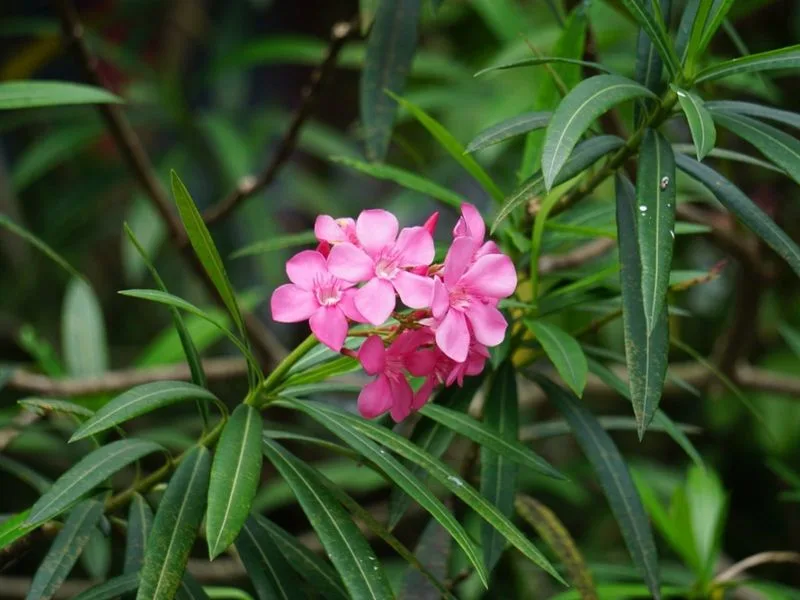
Oleander captivates with its clusters of delicate pink flowers, often flourishing in sunny spots. Despite its beauty, it’s one of the most toxic plants for pets and humans alike. Ingestion can lead to severe health complications. This plant enjoys full sun and well-drained soil, making it a popular choice for balconies and terraces. Its vibrant blooms add charm, yet safety should always be the top priority. Oleander’s allure is matched by its potential danger, warranting caution.
Monstera
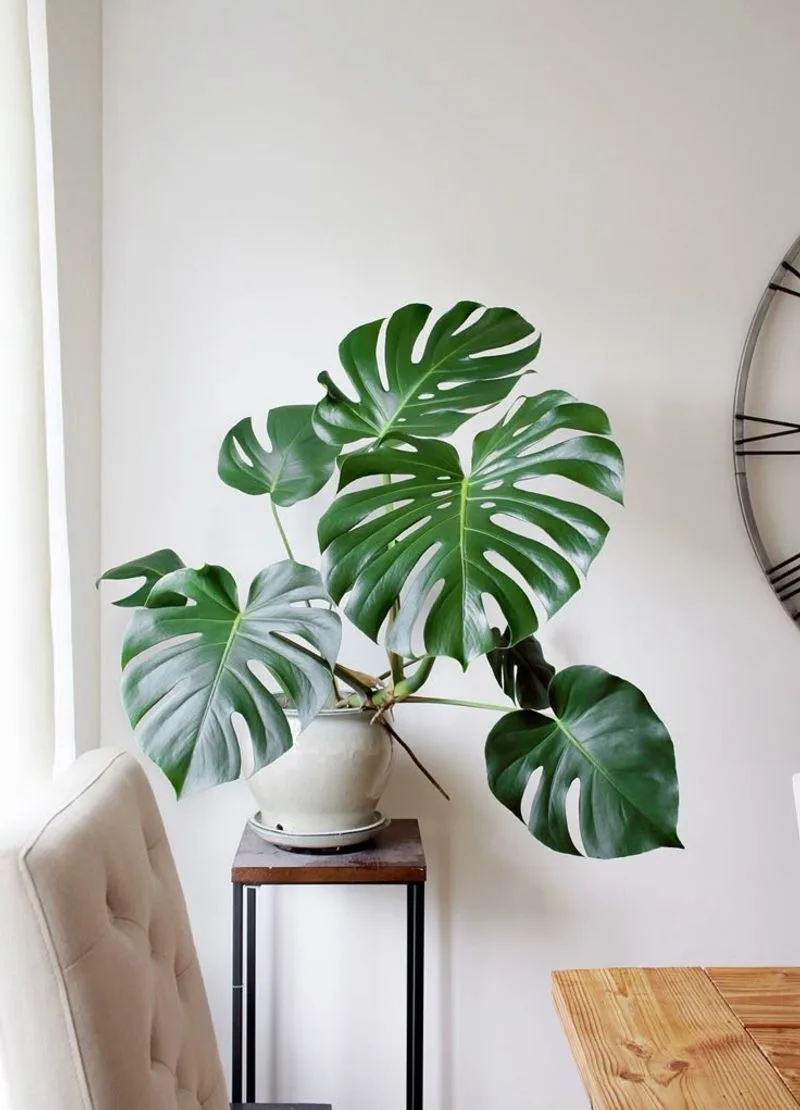
Monstera, with its iconic split leaves, is a trendy choice for modern interiors. Its bold foliage creates a dramatic visual impact. However, it’s toxic to pets, potentially causing oral irritation and swelling if ingested. This plant thrives in bright, indirect light and requires regular watering. While its aesthetic appeal is significant, ensuring it’s positioned where pets cannot access it is vital. The Monstera’s statement leaves can transform any room, but safety precautions are essential for pet owners.
Cyclamen
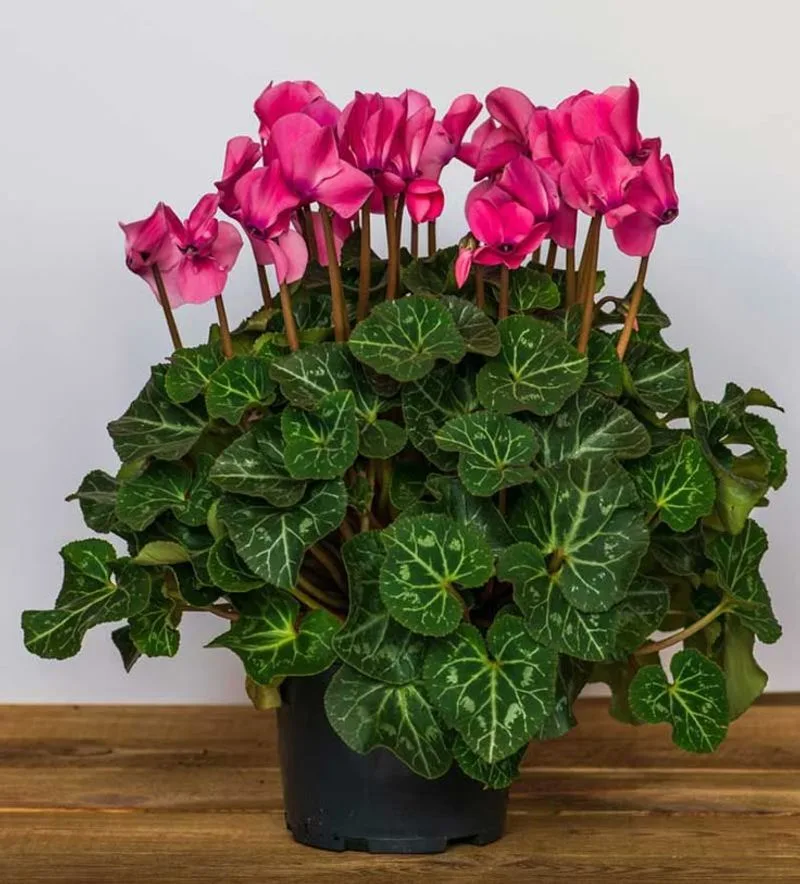
Cyclamen’s charming appearance is accentuated by its vibrant blooms and uniquely patterned leaves. Often seen as a wintertime delight, its beauty is deceptive. The plant is toxic to pets, with ingestion leading to drooling, vomiting, and even seizures. Cyclamen thrives in cool environments with bright, indirect sunlight. Though its vibrant flowers add color during dreary months, safeguarding pets by keeping this plant out of reach is crucial. Its allure is undeniable, but safety takes precedence.
Fiddle Leaf Fig
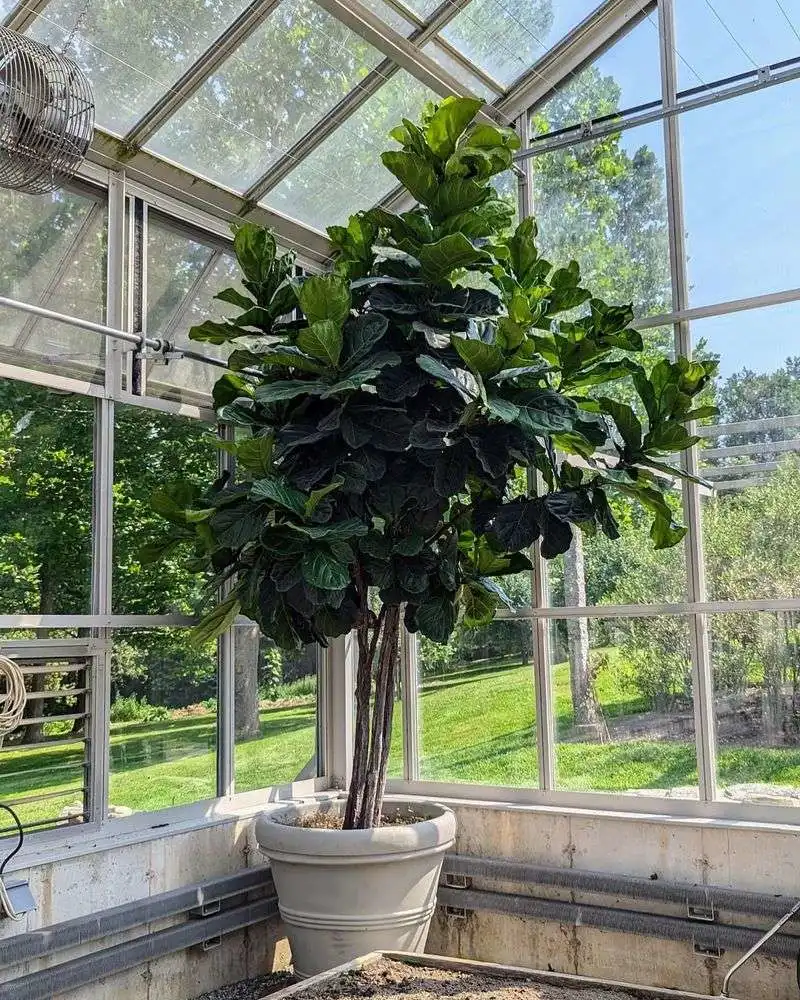
Fiddle Leaf Figs boast large, glossy leaves that have become a staple in stylish homes. Despite their popularity, they pose a risk to pets. Ingestion can cause oral irritation and digestive issues. These plants thrive in bright, indirect sunlight and require consistent care. Their ability to anchor a room with elegance is well noted, but the potential pet dangers must be managed by placing them out of reach. The visual impact is impressive, yet caution is advised.
Asparagus Fern
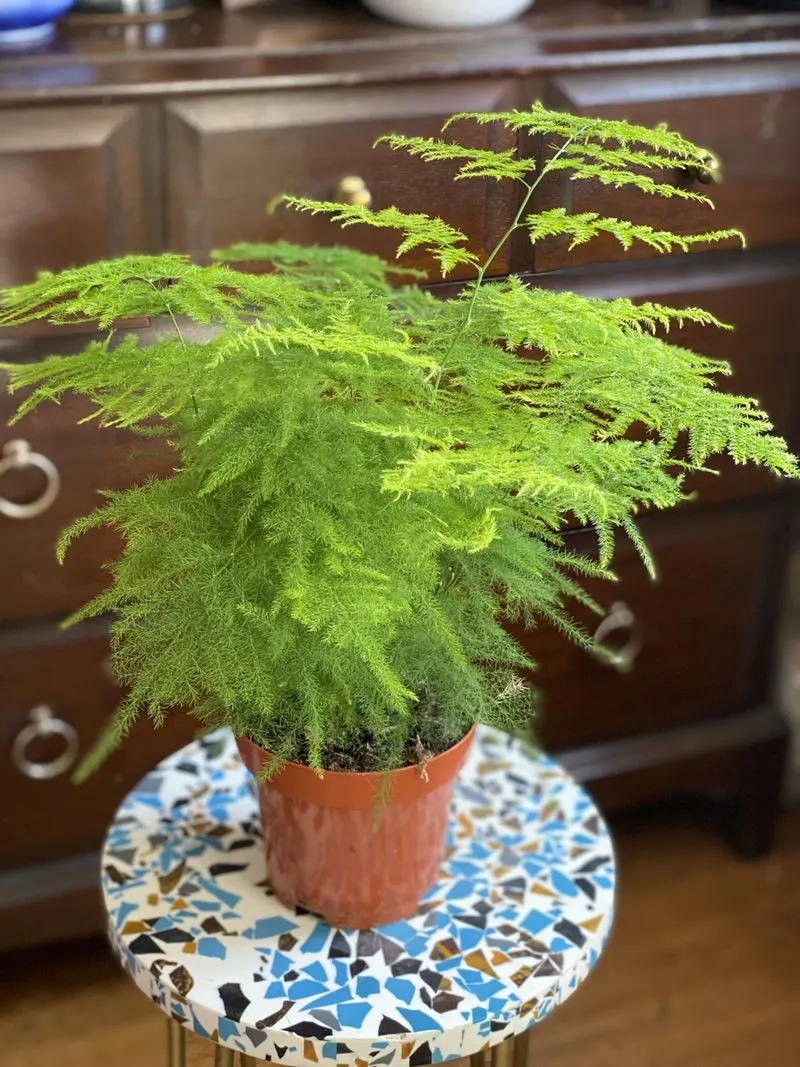
Asparagus Fern offers a delicate, feathery texture that adds whimsy to any space. However, its berries are toxic to pets, causing gastric upset and skin irritation. The plant thrives in indirect light and enjoys humidity, making it a fit for bathrooms. Its elegant drape is appealing for hanging baskets, yet care must be taken to ensure it is inaccessible to curious pets. Its gentle appearance belies its potential risk, requiring thoughtful placement.
Anthurium
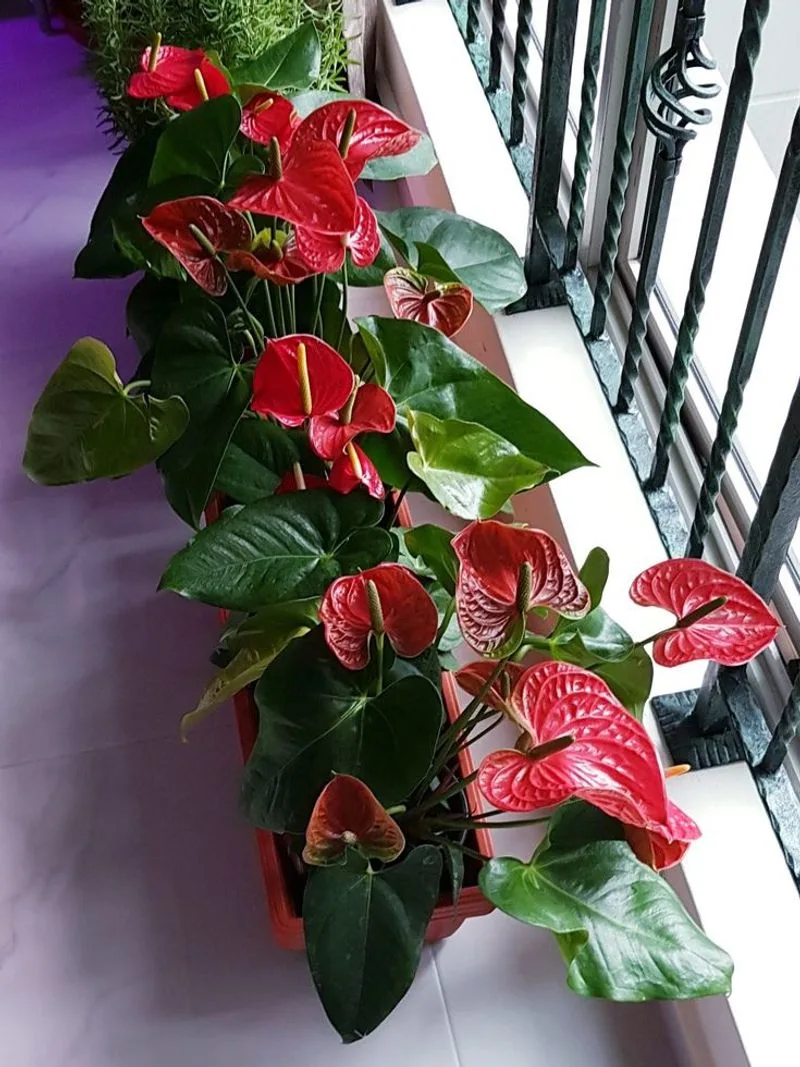
Anthurium stands out with its glossy green leaves and striking red flowers, often seen as a symbol of hospitality. Despite its welcoming appearance, it is hazardous to pets. Consumption leads to irritation and swelling in the mouth and throat. Preferring moderate light and regular watering, it’s a favorite for brightening spaces. The bold contrast of its flowers against green foliage is captivating. However, ensuring it’s kept away from pets is necessary to prevent health risks.
Kalanchoe
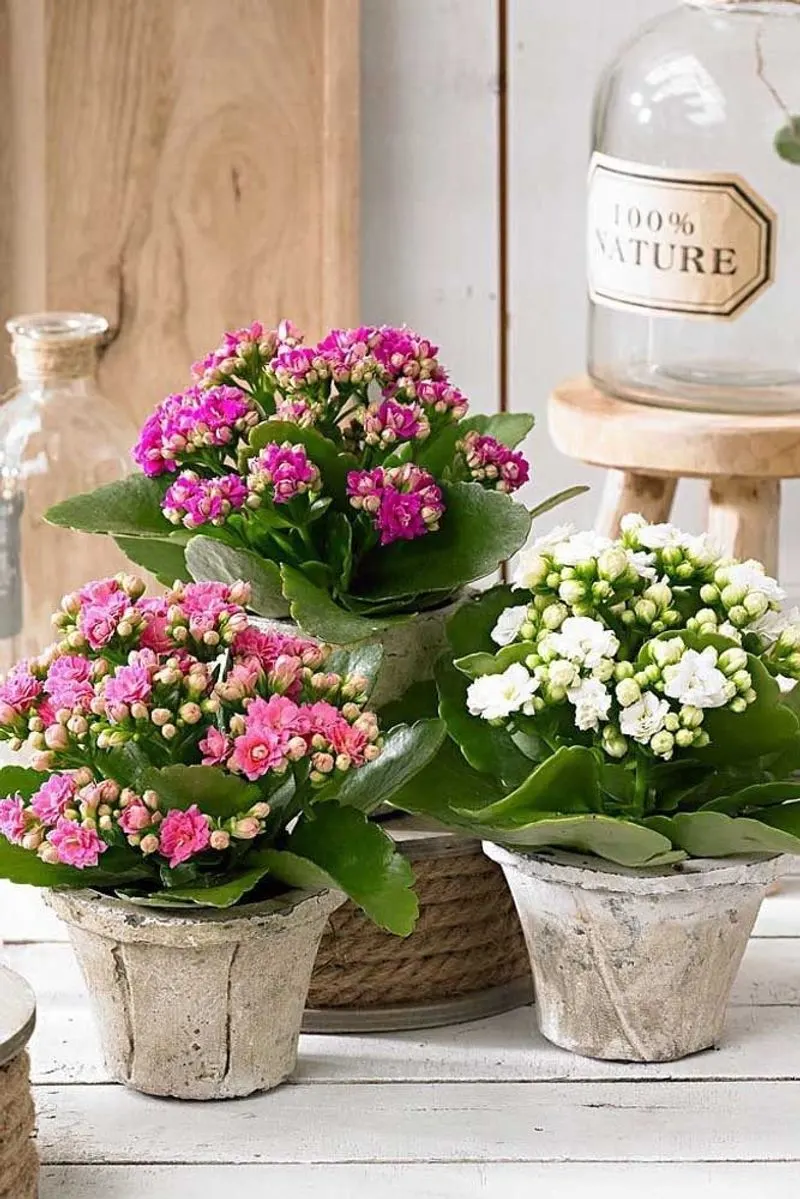
Kalanchoe is loved for its clusters of vibrant flowers, adding a splash of color to any room. However, this succulent poses risks to pets. If ingested, it can cause vomiting and, in severe cases, heart arrhythmias. Its ability to thrive with minimal care makes it popular among busy plant lovers. While the blooms bring cheer, ensuring it’s placed where pets cannot reach is crucial. Kalanchoe’s vibrancy is matched by its potential danger, prompting careful consideration.

